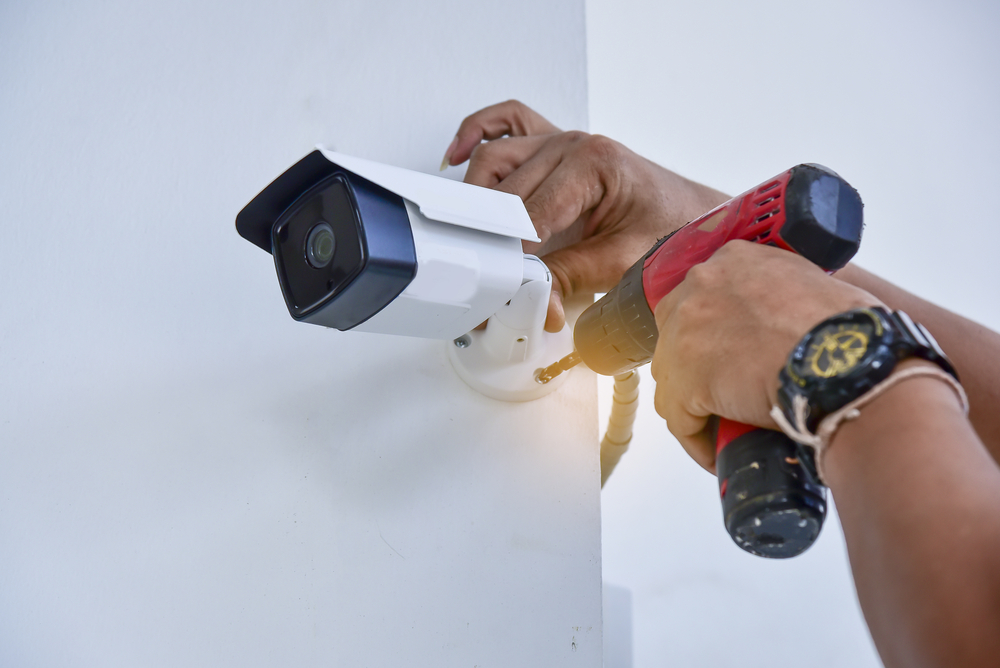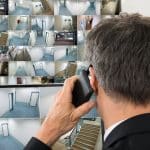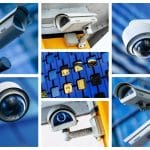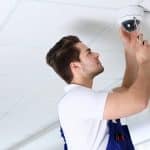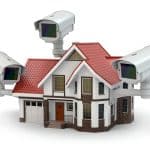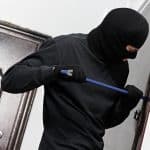CCTV cameras are reliable crime deterrent options on top of your primary security system. They help dissuade criminals from accessing your premises, damaging or stealing your assets. With the speedy advancement in technologies, installation of CCTV devices and making CCTV upgrades is cheaper and quicker.
CCTV cameras are, however, typical human-made devices. They can easily break down due to poor maintenance. They can also fail to function when blocked or damaged. In this guide, we walk you through the critical checklist you should mark during repair or service purposes.
Before we get into that, let’s first understand when it is crucial to perform CCTV maintenance.
When Should You Do CCTV Camera Maintenance
The golden rule to ensure that your CCTV cameras remain in top function is regularly maintaining them. When doing the maintenance on your own, it is advisable that you do it at least once each month. The cameras may remain in top function every time you do the routine check-ups.
Note that the information you may be getting may not be accurate all the time. At least once in a year, have a professional check the device for you. This is important since the technicians are trained, and will undoubtedly spot subtle mistakes you might have missed out during the monthly routine check-up.
Which Factors Affect The Number Of Times You Service, and Maintain Your CCTV?
It is worth noting that even though CCTV cameras may be delicate devices, most of them are engineered to resist some levels of damage. These factors will influence the number of times your service and maintain your cameras;
• Their locations; Dust, and obstructions tend to lower CCTV cameras’ performance. If you place these devices in regions where dust is prevalent, it’s prudent that you regularly check and service them. On the same not if the cameras are not high enough and people can easily reach them, it is also essential to check periodically and service them lest one malicious individual tamper with the lenses• Chances of the camera being damaged or knocked over; This also extends to where your cables are located. If they’re attached on walls or irregular surfaces, they can also be easily pulled out or broken.
You, therefore, need to check regularly, and service if necessary to ensure the cables are in perfect condition all the time.
Moreover, if the cameras located in the workplace, they can easily be knocked by equipment or machine in the workplace, be sure also to maintain a regular service and maintenance plan.
CCTV Maintenance Plan Checklist
Here is a breakdown of the cctv parts you should check during your maintenance plan.
1. Wiring; During the maintenance, be sure to check all wires and cables connected to your cameras. Check for loose wires, and wires with knots. They could impact the critical power supply to the camera. Also, ensure that you check for any exposed or entangled cables. These wires may also cut the circuit and disrupt the power supply to the devices. On the same note, exposed wires and those with knots may also make the cameras to submit unclear, distorted sound and videos.
2. Check the monitors and recording equipment; Now, this is the powerhouse of your CCTV cameras. A slight mistake here may be costly to the whole process both on a short term, and long term basis. Here’s how to go about this part;
• Check for the time, and date stamp on the device. These should be updated and working correctly. You may need to update them if the time or date is incorrect.• Review the brightness and contrast settings. If the contrast and brightness settings of your cameras are not correct, you will stand the risk of only capturing unclear images. Check and adjust them properly to allow clear picture and video transmissions.• The wires and cables from the monitor. Be sure also to check any wires and cables from the monitor. They should not have any weak connections and work correctly.• Clean any dust on the monitor. Check for any elements of dust on the monitor and use a clean microfibre cloth and mild solution to clean them.• Finally, under the monitor and recording equipment, be sure also to check the switches and related compartments. They should all be intact and functioning well.
3. The CCTV Cameras, and Lenses; This is another critical component of the system. They should all be working properly to ensure clear video and sound recording. During the routine check-ups, here are some of the parts you should check, and adjust/repair/replace as needed.
• Camera lenses positioning; Check to ensure the cameras are in the right location. If not, adjust them accordingly.• The cameras attachment; You should also check the cameras to see whether they are loosely/firmly attached to the wall. If not, adjust the bolts and other necessary compartments to keep them intact throughout.• Dust, and marks on the camera lenses. Check for any instances of cracks or dust on the camera lenses. If you find any marks or dust embedded on the lenses, use a can of compressed air to clean them. You should also use a soft microfiber cloth to wipe the dust and marks out.• Overgrowth, and obstructions; Check for any growth and any items that may block the view of the cameras. If there are any overgrown plants, be sure to trim them to clear the view.• Finally, if you have any motion sensors installed, check to ensure that they’re all working properly.
CCTV Annual Compliance Audits
On top of the routine maintenance practices, if you have the cameras installed in your workplace, it’s critical that you also observe the annual compliance audits. The yearly CCTV audits, in this case, will help you ensure the devices are fit for purpose. During the audits, here are some of the parameters you will check for;
1. CCTV site evaluation; During the site evaluation, you will check for any weaknesses or factors like obstructions, which may affect the quality of videos or images captured.2. Check, and take a record of the total data access requests along with any complaints that were recorded in the past one year. These records will help you make necessary amendments that may be needed for the devices.3. Review the primary purpose of installing the devices, and approve any recent changes that were made to the report. Be sure to review any proposed amendments that were made for the cameras.
CCTV Camera Repairs
Now, if during the routine checks, you find that the cameras are not functioning well, you will need to repair or replace individual components. Here is a quick checklist that should help you with the repair.
• Check the camera power cables; the power cables should be intact. Check for any knots and broken wires. In confirming this, check to see if the cameras’ LEDs are lighting. If not check the power system to verify if it’s properly connected to the power source. It is recommended that the cameras are powered by electricity and not a battery. They should be getting the right wattage.
• Discover the camera and ‘ping’ it. Check the IP address of the camera in the device’s directory then ‘ping’ it with your smartphone or computer to verify the connection strength. Connect the camera with the computer in the network then try connecting it via browser to make it work again.
• Shared IP addresses. If you’re using multiple cameras, it is essential that each of them has a designated IP address. If they’re sharing one; you can be barred from accessing either one or all of them.
• Password and usernames; It is possible to find your camera in a network but fail to connect it. The possible case here can be that you entered incorrect login details. To regain access, you will need to reset the passwords and try again.
• Upgrading your cameras’ firmware; It is critical to ensure that the devices’ firmware is up to date. To check if the firmware is up to date, you can connect to VMS then access the affected camera’s web page.
• Rebooting the camera; This is usually the most used option to make the cameras work again. Here you will shut the cameras completely off then wait for around 10 to 20 seconds to restart it again.
• Factory resetting the camera; If all these options fail, you will need to factory reset the camera. Ideally, this should be your last go-to option because of the severity attached to it.
Now, factory resetting will clear all the saved data. That means that you will need to start again from step one, including setting the camera. It is a foolproof way of amending any hidden settings which may be stopping the camera from working properly.
To factory reset your CCTV cameras, take a small paperclip, and insert it in a small hole with a reset button in the camera. Check for this hole at the back of the camera.
If all of these options fail, the most viable option you’re left with is hiring a professional check it for you.
Conclusion
When you’re not sure with anything about your cameras prudent that you get professionals to do some troubleshooting for you. With a team of experienced technicians, we can help you make a reliable maintenance plan and even repair your faulty camera. Contact us for quick inspection and valuation. for more information on cctv installation and servicing in perth click here

